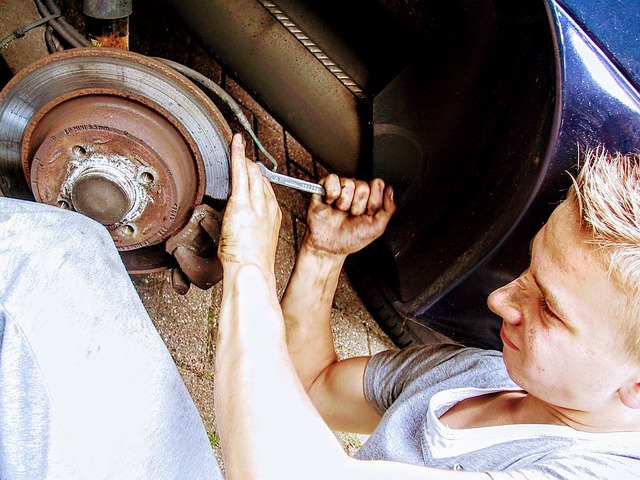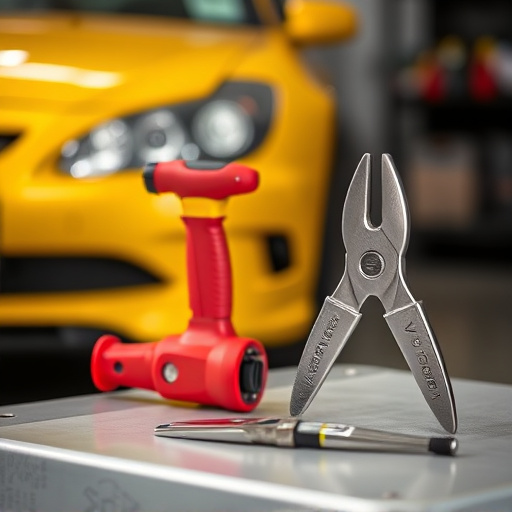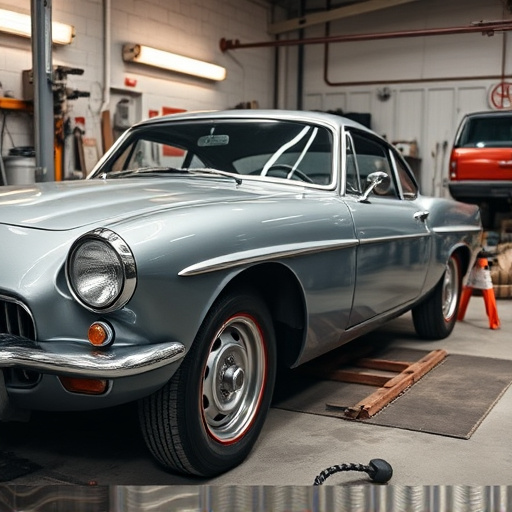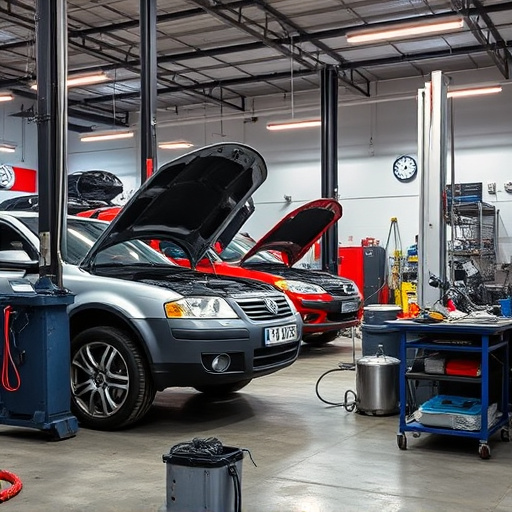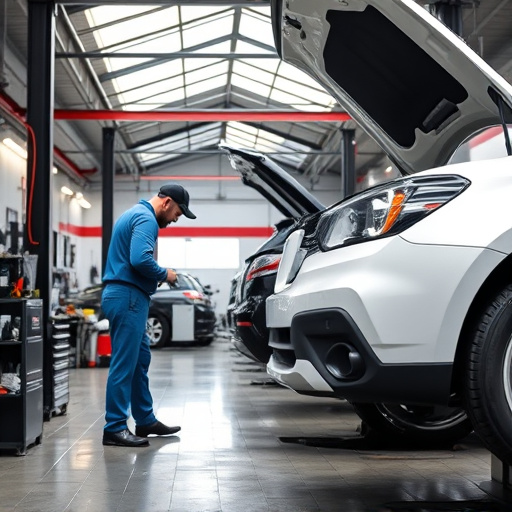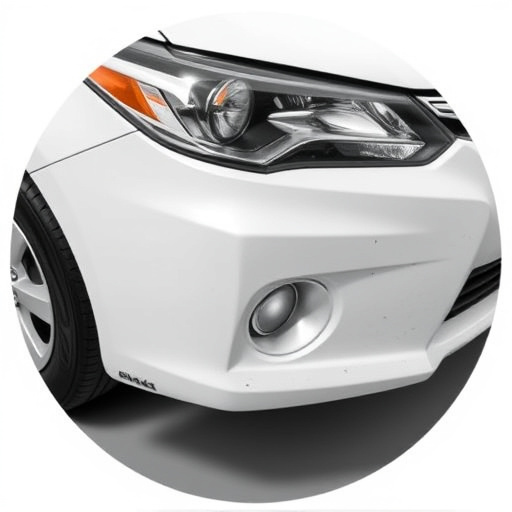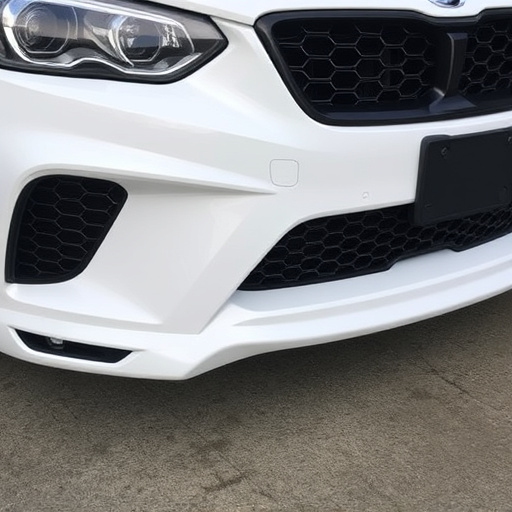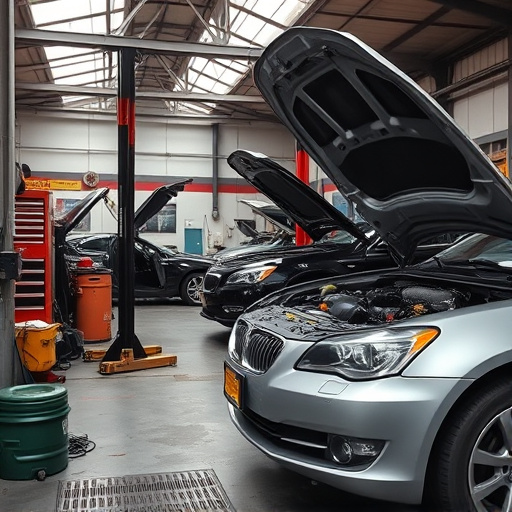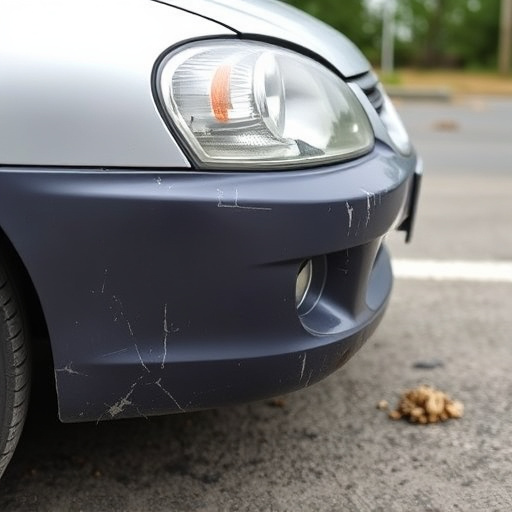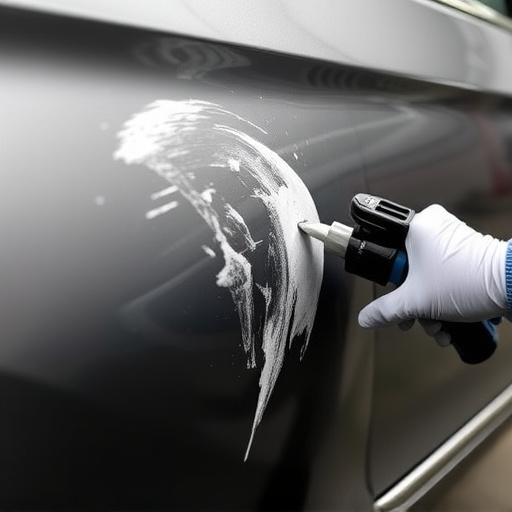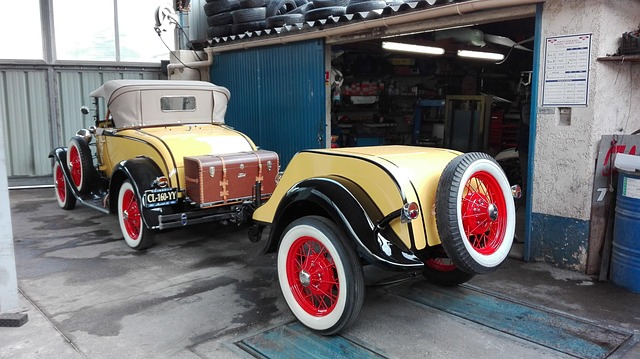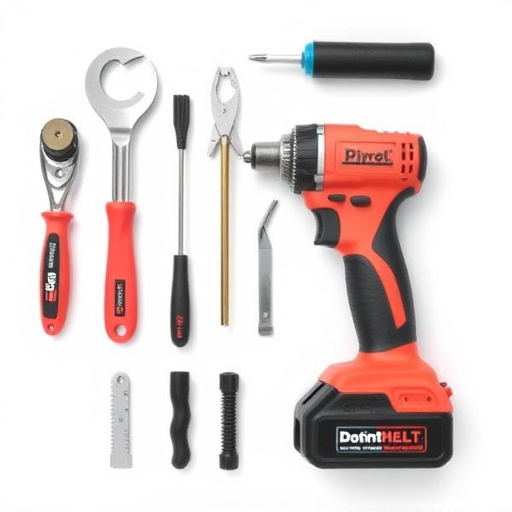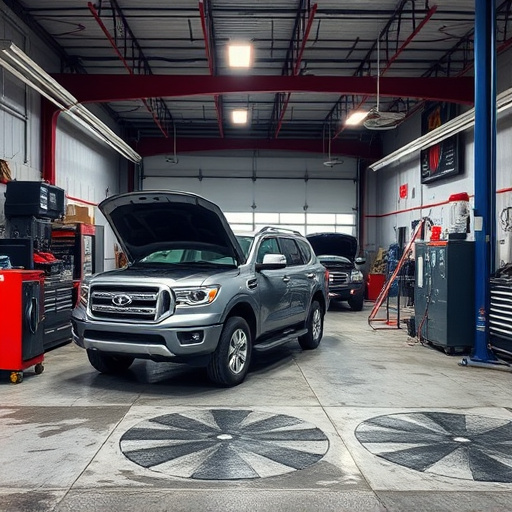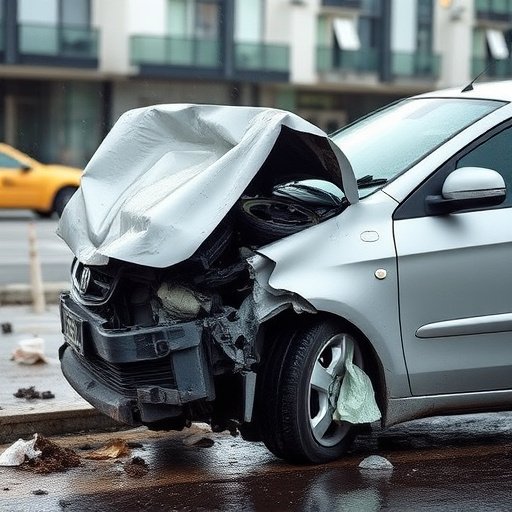Specialty trim repair involves skilled technicians addressing damage to exterior chrome and aluminum accents using specialized tools. The process includes assessment, restoration techniques like polishing and sandblasting, and replacement parts for severe cases. Regular care through proper washing, avoiding abrasives, and protecting from sunlight maintains trim quality. Prompt action on minor dents prevents further damage, ensuring pristine specialty trim condition over time.
“Unmatched elegance and durability define vehicles with chrome and aluminum specialty trim. However, these components are susceptible to damage from environmental factors and regular wear. This article delves into the art of specialty trim restoration, exploring the intricate process technicians employ to revive damaged pieces. From identifying common issues like pitting, corrosion, and scratches to implementing specialized techniques and materials, we uncover the secrets behind effective specialty trim repair. Additionally, discover practical tips for maintaining these exquisite finishes.”
- Understanding Specialty Trim: Materials & Common Issues
- The Restoration Process: Steps Technicians Take
- Tips for Maintaining Your Chrome & Aluminum Trim
Understanding Specialty Trim: Materials & Common Issues

Specialty trim is a vital component of modern vehicles, enhancing their aesthetic appeal and structural integrity. This intricate detail includes chrome or aluminum components that adorn doors, fenders, grilles, and other exterior areas. While these materials offer durability and resistance to corrosion, they are also susceptible to damage from various sources like road debris, mishaps, or simple wear and tear. Common issues include scratches, dents, cracks, and discoloration, which can significantly impact a vehicle’s overall appearance and value.
Proper specialty trim repair is crucial for maintaining the car’s original beauty and ensuring auto body repairs are discreet and long-lasting. In an auto collision center, technicians employ specialized tools and techniques to address these issues. They might use precision sanders to remove damaged or oxidized layers, followed by careful painting or plating to match the vehicle’s original finish, thus providing a seamless restoration for both specialty trim repair and auto body repairs.
The Restoration Process: Steps Technicians Take
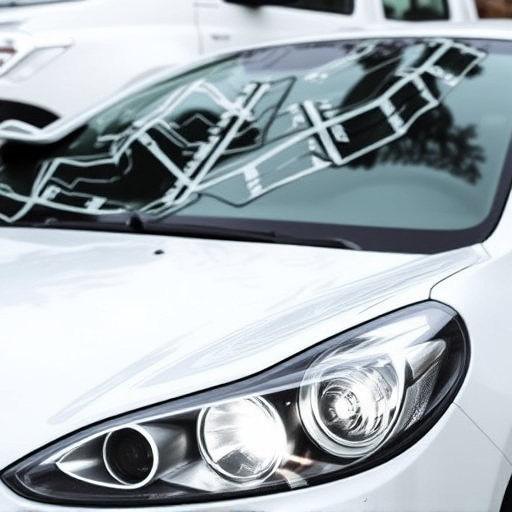
The restoration process involves a meticulous series of steps that technicians employ to bring damaged chrome and aluminum specialty trim back to its original gleam. It begins with an extensive assessment, where experts examine the extent of the damage, identifying pitting, scratches, dents, or corrosion. This initial phase is crucial in determining the repair strategy for each unique piece of trim.
After the evaluation, technicians use specialized tools and techniques tailored to the material. Chrome trim often requires polishing and buffing to remove scars, while aluminum pieces might need sandblasting to eliminate blemishes and ensure a smooth surface. In severe cases of vehicle collision repair or auto body repairs involving Mercedes Benz collision repair, replacement parts may be utilized as a last resort, ensuring that every effort is made to preserve the original aesthetics of the specialty trim.
Tips for Maintaining Your Chrome & Aluminum Trim
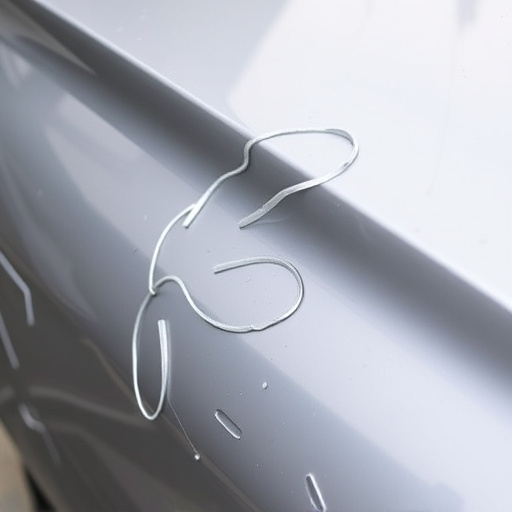
To keep your chrome and aluminum specialty trim looking its best, regular care is essential. Preventative measures like washing your vehicle frequently with a soft cloth and pH-neutral car shampoo can help avoid harsh water spots and scratches. Avoid using abrasive cleaning tools or hard brushes to scrub the trim, as this can damage the delicate finish.
Additionally, keeping your car away from direct sunlight and extreme temperatures will minimize fading and warping. If you do encounter minor dents or scratches, address them promptly at a reputable car repair shop specializing in luxury vehicle repair. Early intervention on these issues can prevent them from becoming more severe, ensuring your specialty trim remains pristine for years to come, just like the day it left the factory.
Restoring chrome and aluminum specialty trim is a meticulous process that requires skilled technicians. By understanding the materials, common issues, and the detailed steps involved in restoration, car owners can ensure their vehicle’s aesthetic appeal and longevity. Regular maintenance, as outlined in this article, plays a vital role in preserving these intricate details, making specialty trim repair less frequent yet more effective when needed.
